|
In the world of large carnivore conservation and management, relocation is a management tool that is commonly utilized. Specifically, grizzly bears are just one of several species where relocation can be “hit-or-miss.” In the Greater Yellowstone Ecosystem (GYE), bears can be relocated for a variety of reasons which range from livestock depredations, aggression, habituation, food conditioning, property damage, human safety concerns, etc. When relocating bears, certain factors must be considered to increase the chances of a successful relocation including: habitat type, food availability and variety, elevation, density in release area. When relocating bears, distance from the capture site and the prevalence of geographic barriers such as mountains, canyons, lakes, should be maximized to the fullest extent (Gunther et al. 1994). Grizzly bear relocations are extremely difficult, and have yielded extremely low success rates (Riley et al. 1994, Linnell et al. 1997, Clark et al. 2002, Milligan et al. 2018) most recently documented at approximately 30% (Milligan et al. 2018). Relocation fails for several reasons which include, but not limited to:
The age of the bear involved could very well influence the success of a relocation. Younger bears, or subadults, are more likely to take to a new area and establish a new home range as opposed to older bears (may use their innate homing ability to return to their original home range) (Jonkel 1993). Success with relocation is also largely dependent on where the bear is being released, and the distance from capture. Bears that captured and relocated earlier in the year (spring) and released into an area that presents a low mortality risk (little anthropogenic disturbances, roads, people, etc.) and in proximity to rivers or streams will increase relocation/translocation success (Milligan et al. 2018). Grizzlies possess a unique homing ability, which presents issues with relocation and translocation as an effective management tool. Homing often can lead to repeat conflict, including depredation, property damage or human conflict. Studies have demonstrated (Milligan et al. 2018, Blanchard et al. 1995) that return rates and homing are most influenced by the distance transported from capture. As opposed to previously reported data (Blanchard et al. 1995) bears should not be relocated any distance less than 100km, unless the management relocation was based on attractants which can either be managed or removed; distances of >200 km proved effective for inhibiting homing. Because of translocations’ lacking success, it should only be utilized as a short term solution and should be considered a final action to augment and correct a conflict situation (Blanchard et al. 1995, Milligan et al. 2018). Habituated behavior demonstrated by bears is usually an indication of poor people management. It is important to realize that problem bears are not born, they are made. We as humans are largely involved in creating problem bears (attractants, etc.) (Jonkel 1993). The decision to ultimately remove, euthanize or kill a bear should be a last resort. Sometimes, bears that have been poorly managed or do not take to management action, will continue to cause problems, and will inevitably need to be removed (Jonkel 1993). In 2015, Yellowstone Science released an edition focusing on “Grizzly Bear Recovery in the Greater Yellowstone Ecosystem.” Dr. Frank van Manen and Mark Haroldson of the Interagency Grizzly Bear Study Team (IGBST) summarized the lives of two “patriarchs” with extensive and long study histories. The two bears were #155 and #281. What made both of these bears unique was their extensive life histories. Both were relocated to Yellowstone from outside of the National Park boundaries. Grizzly 155: Life History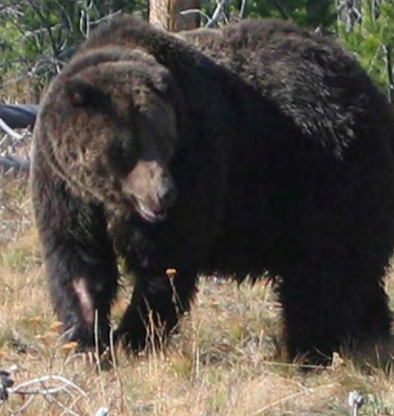 Photo: Grizzly 155 (pictured) on 10/1/04 weighed 641lbs. with 41% body fat. He was relocated from Leigh Creek, TNF during 1989. Up until 2014, grizzly 155 stayed clear of causing problems. He was removed for management purposes after breaking into an out building north of Yellowstone. Photo courtesy USGS/Frank van Manen & Mark Haroldson Photo: Grizzly 155 (pictured) on 10/1/04 weighed 641lbs. with 41% body fat. He was relocated from Leigh Creek, TNF during 1989. Up until 2014, grizzly 155 stayed clear of causing problems. He was removed for management purposes after breaking into an out building north of Yellowstone. Photo courtesy USGS/Frank van Manen & Mark Haroldson Grizzly bear 155 was born in 1986, the offspring of grizzly 156. On August 9, 1988, grizzly 155 was first captured for management purposes at Bitch Creek, Teton National Forest (TNF). During the following year, 1989, he was captured again on September 9th, at Leigh Creek, TNF for management purposes. He was relocated over 100 km to the north, to Blacktail Creek, Yellowstone National Park (YNP). In 1990, 155 would cast his collar. However, on October 16, 1991, 155 was captured on Grebe Lake Road for research purposes, again being radio collared. During 1992, 155’s collar failed. Grizzly 155 would not be captured and handled again until October 11, 2004; he was captured and again collared at Antelope Creek, YNP. The subsequent year, he would cast his collar. Six-years later, on September 2, 2011, grizzly 155 was captured at Otter Creek near Hayden Valley In YNP. He was re-collared at this time, and would wear this collar until 2014, when he cast his collar for the final time. Grizzly 155 was captured on October 6, 2014 at North Fork Bear Creek, Montana (MT) for management purposes. Grizzly 155 was removed due to property damage and obtaining food rewards. At the time of removal, 155 was 28 years old; the oldest bear that has ever been documented in the Greater Yellowstone Ecosystem (GYE) lived to be 31. In this instance, relocation proved effective for a quarter of a century. Grizzly 281: Life History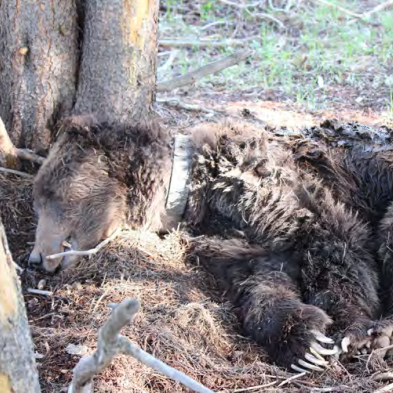 Photo: Grizzly 281 lies deceased in his daybed near Mud Volcano during June, 2014. Photo courtesy of USGS/Frank van Manen & Mark Haroldson. Photo: Grizzly 281 lies deceased in his daybed near Mud Volcano during June, 2014. Photo courtesy of USGS/Frank van Manen & Mark Haroldson. Grizzly bear 281 was born in 1992. On August 28, 1996, grizzly 281 was captured in Pinedale, Wyoming (WY) for management purposes. He was relocated to Otter Creek near Hayden Valley, YNP. During 1998, grizzly 281's collar failed. Two years later, 281 was captured at the Grebe Pit, near Cascade Creek, YNP; 281 was fitted with a new radio collar. That same year, 281 was captured an additional two times on October 10 and 11th at Norris, YNP, but was released and not handled (bears are often released and not handled if they are a recent recapture). On August 29, 2001, grizzly 281 was captured again at the Grebe Pit near Cascade Creek, YNP. He was re-collared during this capture. Similarly to the 2000 capture, just days after 281 had been trapped, he was captured again at the Grebe Pit near Cascade Creek, YNP on August 31st. He was released without being handled. Later that year, he would cast his collar. On September 23, 2002, he was again fitted with a new collar after being captured in Norris, YNP. During the subsequent year, 2003, 281 cast his collar. He was captured on September 9, 2003 at Cascade Creek, YNP; he was not collared and was released without handling. Two years later, 281 was captured at Cascade Creek, YNP, however, again he was not collared and was released without handling. Grizzly 281 would not be captured again for another six years. During 2011, grizzly 281 was first captured September 4, 2011 and was collared. That same year, 281 was recaptured an additional five times:
In 2013, grizzly 281 would cast his collar. After casting his collar, grizzly 281 was captured twice during 2013 at the Grebe Pit, near Cascade Creek, YNP (June 23, 2013 and June 26, 2013). During the first capture, he was fitted with a new radio collar; during his second capture he was released without handling. After a life of extensive monitoring, grizzly 281 died on June 4, 2014 at the age of 22 near Mud Volcano, YNP. After examination, it was apparent that 281 died of natural causes, old age, and from wounds inflicted from fighting with other bears. During his life, 281 was captured 17 times (handled only 6 times, 11 times released without handling). Sources cited:
0 Comments
 Photo: In 1931, park officials in Yellowstone National Park (YNP) began to document and keep detailed records of human-bear conflict and injury, property damage. A shift in bear management took place, following the tragic death of Martha Hansen. On August 23, 1942 at the Old Faithful Campground, she was walking between her cabin and the outhouse when she was attacked and killed by a bear. Photo Credit: R.Robinson/NPS In focus: Grizzly #59 Life History: Grizzly #59 was born in Yellowstone National Park (YNP) during 1978. Her lineage is unknown. The Bear Management Office would first incidentally capture #59 on July 24, 1980 near Canyon, YNP as a non-target capture (management). She, however, was still relocated to Shelf Lake, YNP. One year later, the Bear Management Office captured #59, again, in Canyon, YNP for management purposes. She was relocated to Death Ridge, YNP. In 1983, her collar failed. Grizzly 59 was captured again for research purposes by the Interagency Grizzly Bear Study Team (IGBST) on June 16, 1984 at Antelope Creek, YNP. That year, she was observed with two cubs-of-the-year (COY). A little more than a month later, grizzly 59 was captured again, on July 5, 1984 at Antelope Creek, YNP. During 1985, her collar would fail again. In 1985, she was also observed with no offspring, suggesting that she lost her cubs. The following year would mark the beginning of the end for grizzly #59. On September 4, 1986, she was captured in Canyon, YNP and relocated to Cub Creek, YNP for management purposes. She was accompanied by two COY at the time of her relocation. However, after arriving at Cub Creek, grizzly 59 would be observed with no offspring. In 33 days, grizzly #59 would travel westward towards Hayden Valley, YNP where she would meet her demise. On October 7th, 1986, a photographer approached grizzly #59 too closely in Hayden Valley, YNP; the bear attacked and killed the photographer. Grizzly #59 was removed at Otter Creek, YNP for her role in the human-fatality. At the time, this marked the fifth documented fatality in Yellowstone since 1916. Relocation, Removal and Management Techniques: The relocation of bears is generally used as a management technique to temporarily resolve bear/human conflict. Relocation in various aspects, has proved to be ineffective. Specific guidelines have been establish by Yellowstone National Park in determining when relocation is warranted. The decision to relocate a bear must be coordinated and discussed with the Bear Management Committee. Non-target captures or bears unintentionally captured during relocation efforts will be released and not relocated. The following criteria need to be evaluated when deciding to relocate a bear:
Bears may be released or relocated outside of the park with collaboration and consultation with appropriate authorities and agencies. Additionally, bears may also be relocated from outside areas to inside Yellowstone, but only after consultation with appropriate parties. To enhance the chances of successful relocation, habitat type, foods and food availability, elevation and density of bears in an area are all taken into consideration prior to relocation efforts. Removal of Nuisance Bears The guidelines as established for relocation still apply to the removal of nuisance bears. However, procedures for the removal of nuisance bears is, as follows:
Hazing of bears in Yellowstone comes in the form of bear deterrent round, thumper gun projectiles, sling shots, rocks, cracker shells, sirens, horns in an effort to temporarily move bears away from roadsides, human occupied areas, or where there is a bear-related safety concern. Aversive conditioning is a form of learning which takes place when an animal is punished for an undesirable behavior. The goals of aversive conditioning are the following:
Specific guidelines have been established for when to use aversive conditioning which include:
1.) Gunther, K. A. (1994). Bear management in Yellowstone National Park, 1960-93. Bears: their biology and management, 549-560.
2.) Gunther, K. A. (1994). Yellowstone National Park Bear Management Plan. National Park Service, Yellowstone National Park. pp66. |
AuthorTyler Brasington is a native born and raised Pennsylvanian, yet proud current Wisconsin resident. He graduated from the University of Wisconsin-Whitewater with a B.S. in Environmental Science. Currently, Tyler is pursuing his masters in Natural Resources with the University of Wisconsin-Stevens Point. He has worked in Yellowstone National Park under the guidance and supervision of Dr. George Clokey and Dr. Jim Halfpenny. Disclaimer: The information and views expressed on this page do not necessarily represent the views of the Department of Interior, US Geological Survey, National Park Service or the United States Government.
The Greater Yellowstone Grizzly Project
www.yellowstonegrizzlyproject.org © 2021 Tyler Brasington All rights reserved. No portion of this website may be reproduced in any form without permission from the publisher, or appropriate authors, except as permitted by U.S. copyright law. For permissions contact: [email protected] Archives
February 2021
Categories |
- Welcome
- Home
- About
- Submit sightings
- Family Tracker
- Publications & Research
- Natural Life History
- Cementum Age Determination for Grizzly Bears
- Nutrition & Diet
- Radio Telemetry and Wildlife Tracking
- Chemical Immobilization and Wildlife Handling
- Infectious Disease in Bears
- Effects of Wildfire on Grizzly Bears: Yellowstone 1988
- Mortality Database
- Photo gallery
- Contact

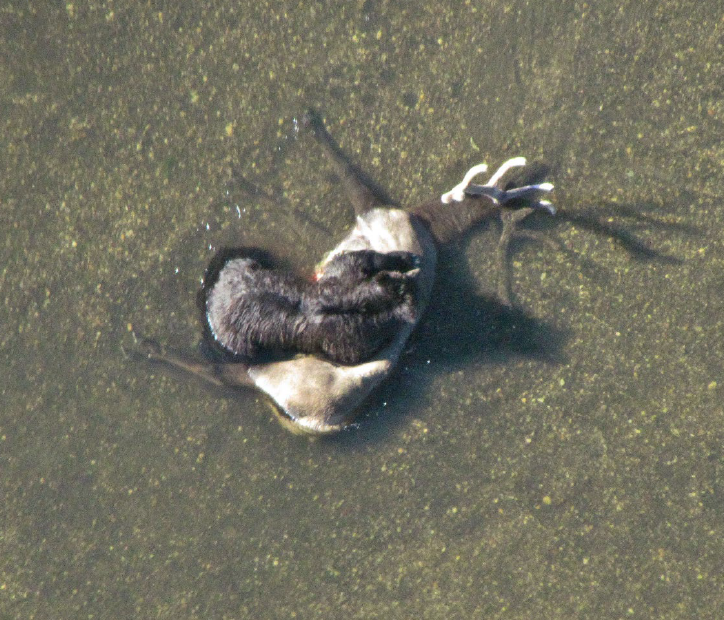
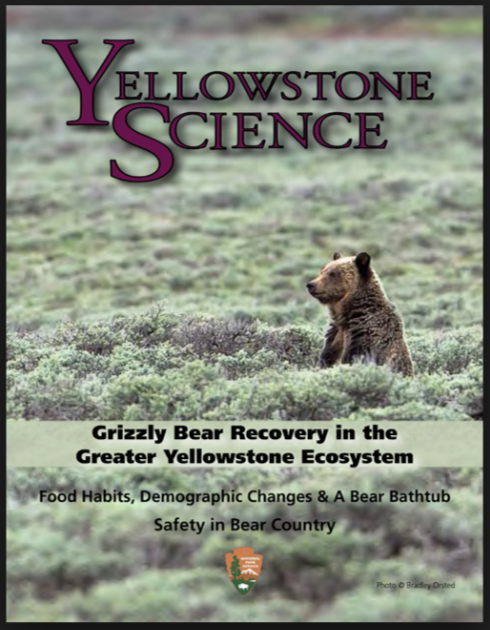
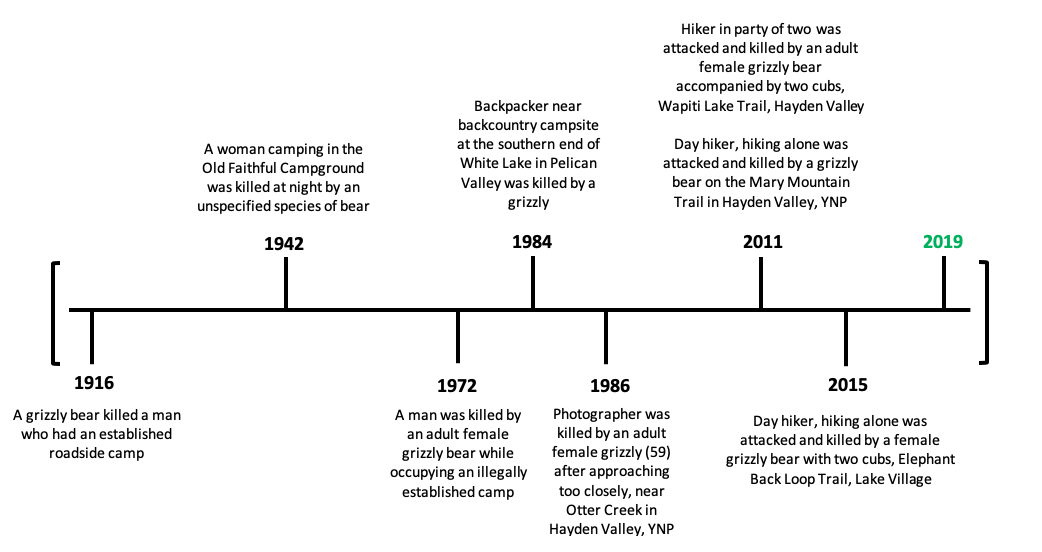
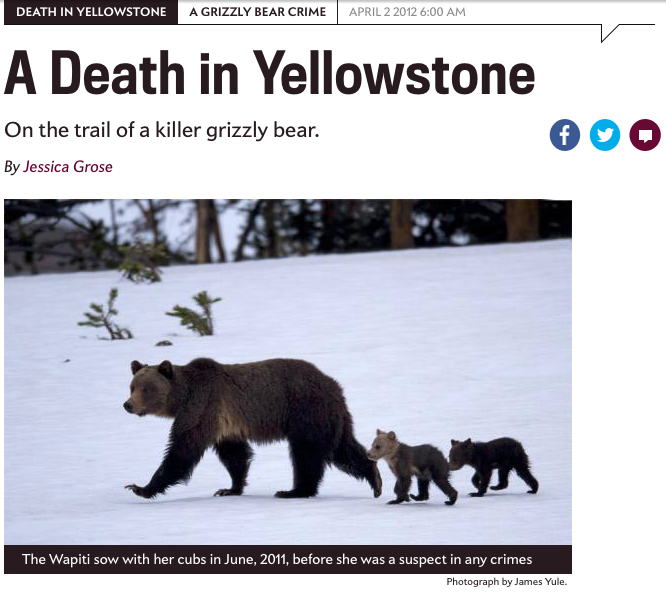
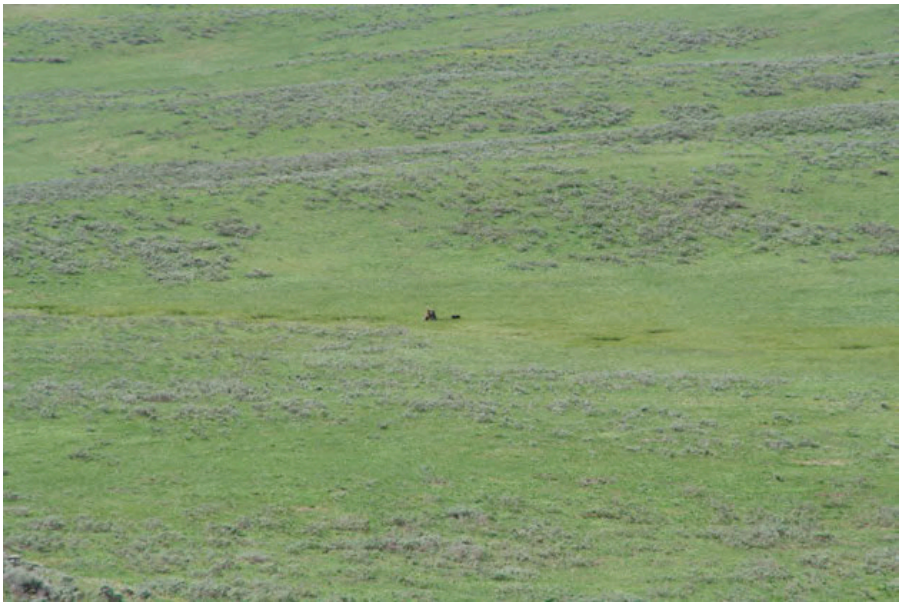


 RSS Feed
RSS Feed